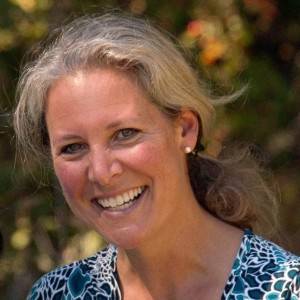By Stephanie Buffum
Executive Director of Friends of the San Juans
The decline of the Southern resident killer whales now down to 76 members, is mostly blamed on the disappearance of their favorite food, Chinook salmon.
Often overlooked is the importance of shorelines as habitat for juvenile salmon and the forage fish they depend on for sustenance.
In 2017, the Southern resident killer whales spent just 24 days from April through June in the inland waters of the Salish Sea, well below the 1990-2016 average of 60 days. Southern resident visits to our inland waters of Puget Sound and Georgia Strait (Salish Sea) are becoming more and more infrequent in the spring and early summer, as are Chinook stocks in the Salish Sea. Federal NOAA Fisheries scientists have identified that our local marine shorelines support young Chinook salmon from across the region, including 20 of 22 listed Puget Sound stocks and the outmigrating Fraser River spring chinook the whales rely on when they return as adults.
A strong San Juan County Shoreline Master Program can help orca by ensuring numerous stocks of their favorite food, Chinook salmon, have healthy places to rest and plenty of insects and forage fish to eat during their critical first season in marine waters.
On Dec. 22, Friends of the San Juans appealed several provisions of the county’s recently updated SMP to do just that.
Since 2011, concerned citizens and groups like Friends have been providing comments about the importance of protecting the crown jewels of our county: the 10 miles of forage fish spawning beaches, and 30 miles of bluffs that create and feed our beaches.
The purpose of an SMP update is to incorporate new information and make sure our policies reflect community values.
Our county said that protecting orca and Chinook salmon is a priority, yet this SMP failed to designate protections for the vast majority of forage fish spawning beaches and failed to use the designation process to limit new incompatible development.
For example, the designation of critical beaches where surf smelt and sand lance forage fish spawn declined in the new SMP. Only 2 percent of the 10 miles of spawning beaches are designated as “natural” under the new SMP. Instead, Friends argues that the entire 10 miles should be designated at “natural” making new development in these special areas very protective of wildlife and eroding bluffs. Our understanding of the essential role of forage fish in supporting salmon and marine food webs has vastly increased since the last.
Despite new mapping of forage fish habitat and bluffs done throughout 2001-16, the new SMP failed to get it right.
Additionally, the new SMP also permits extensive shoreline modification through new armoring, tree removal, and extensive developments within the important 100-foot zone from the high water mark.
These provisions conflict with Washington’s Shoreline Management Act, ignore the latest best available science, represent a regressive rollback of prior standards and fail to protect our orca, salmon, forage fish, and beaches. The Shoreline Master Program provides a key opportunity to protect what we love.
Buffum, MPA, MURP is the executive director of Friends of the San Juans, a public interest nonprofit established in 1979. She can be reached at 360-378-2319, Stephanie@sanjuans.org.
For more information, visit www.sanjuans.org.



